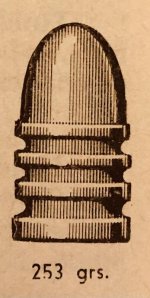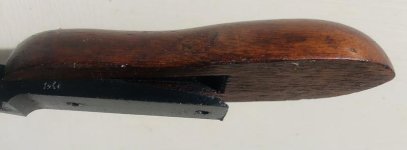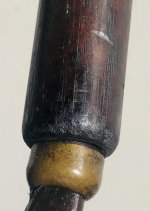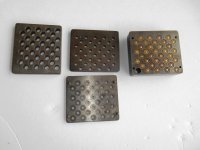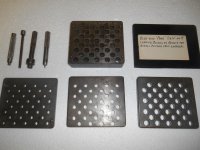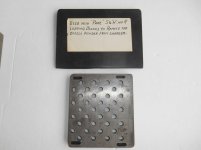Rare mold
That 32 you have is a rare one. That’s a 32-44 Target Peanut mold.
Murph
I regularly use the mold of 44 and 38
That 32 you have is a rare one. That’s a 32-44 Target Peanut mold.
Murph


